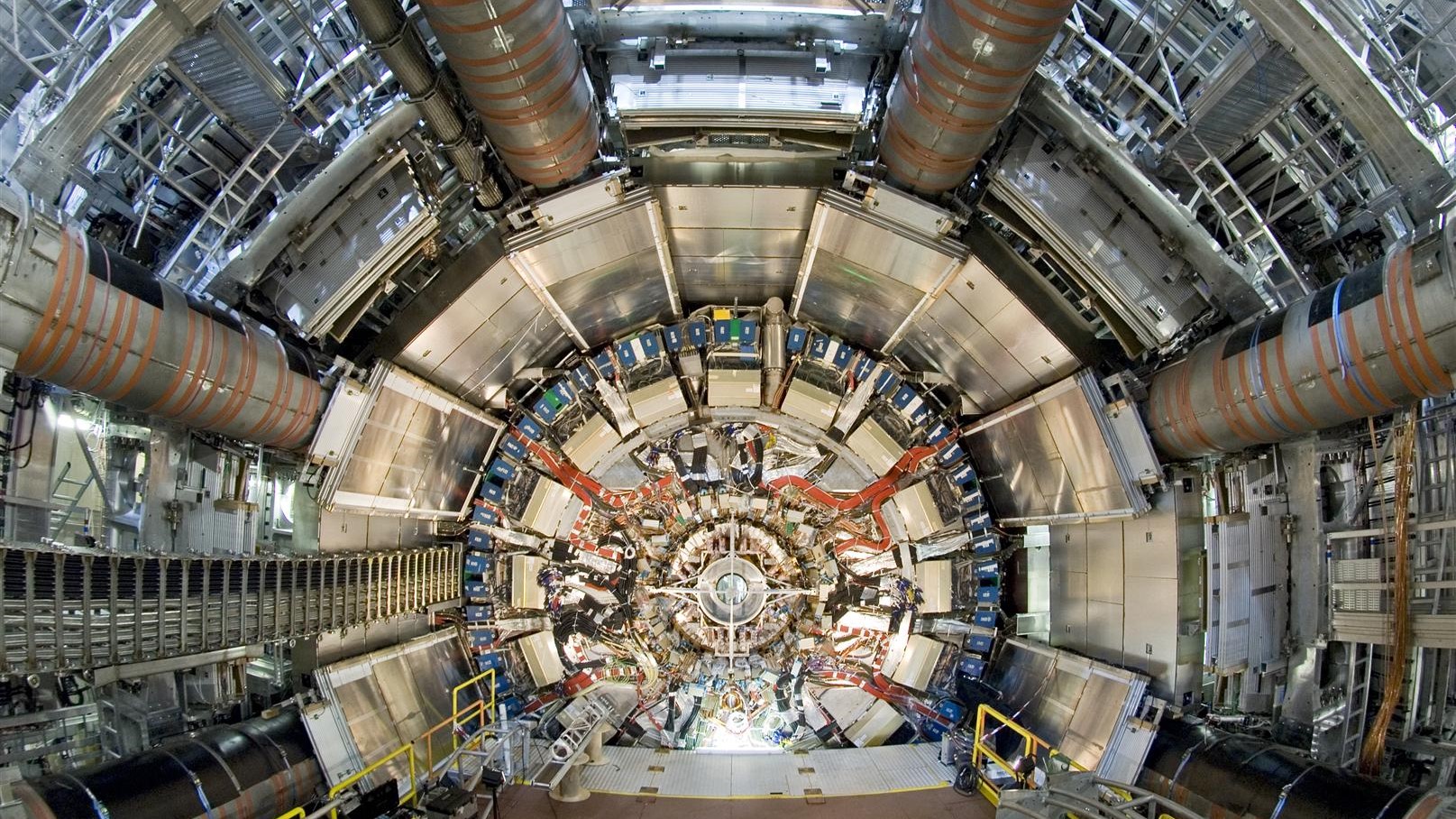
A new search for dark matter has turned up empty handed — but, in a silver lining, the effort provided important limits that will help future experiments narrow down the hunt for this elusive substance.
Most astronomers believe that dark matter accounts for 85 percent of all mass in the universe, and that its existence would explain the apparent extra gravity detectable around galaxies and within huge galaxy clusters. However, so far, no one has been able to identify what dark matter is made of.
Until recently, the front-runner suspect had been a breed of particle called a WIMP, which is a neat acronym for Weakly Interacting Massive Particles. These theoretical particles are thought to barely interact with normal matter, except when it comes to gravity. However, the Large Hadron Collider (LHC), the world's largest and most powerful particle accelerator, has failed to turn up evidence for the existence of WIMPs.
Thus, theorists are having to scramble to find alternative theories of what dark matter could be.
Related: We still don't know what dark matter is, but here's what it's not
"WIMPs is one class of particles that are hypothesized to explain dark matter as they do not absorb or emit light and don’t interact strongly with other particles," Deepak Kar, a professor of physics of the University of the Witwatersrand in Johannesburg, said in a statement. "However, as no evidence of WIMPs has been found so far, we realized that the search for dark matter needed a paradigm shift."
Some alternative models of dark matter posit that, rather than being weakly interacting, dark matter could actually interact strongly with some particles in the Standard Model, which is a framework of particle physics that describes every known particle as well as how each particle interacts with, and relates to, one another. Dark matter particles are believed to exist beyond the Standard Model's scope; the models that predict strongly interacting dark matter, rather,describe an entire menagerie of theoretical particles starting with basic "dark quarks" and "dark gluons." Those are like dark mirrors of quarks and gluons that are the fundamental building blocks of all visible matter and surely present in the Standard Model.
Now, Kar and his former student, Sukanya Sinha who is now at the University of Manchester in the U.K., have developed a new way of searching for these potential dark quarks and dark gluons in high-energy collisions between protons that take place within the LHC.
When protons come together at almost the speed of light inside the LHC, they are smashed apart into their component quarks and gluons that swiftly decay to produce a shower of short-lived subatomic particles. These particle showers are referred to as "jets."
Kar and Sinha's idea, which formed the basis of Sinha's Ph.D., is that possible dark quarks and dark gluons could decay to produce a mixture of particles, some ordinary and some dark as well. This would result in what they refer to as "semi-visible" jets. Jets are produced in pairs, they explain, and if one normal jet and one semi-visible jet were produced side-by-side, the dark particles would carry away some of the energy, leading to a telltale energy imbalance reading because the dark particles would not be seen.
Kar and Sinha have led a search for these energy imbalances with the LHC's ATLAS experiment. Because a slight mis-measurement of two normal jets could mimic the energy imbalance of a semi-visible jet, however, the data from ATLAS had to be analyzed very carefully.
The duo found no evidence for semi-visible jets — but that doesn’t mean they don’t exist.
The ATLAS results, published in the journal Physics Letters B, point to upper limits for the properties of these theoretical dark particles, allowing future experiments searching for them to be fine-tuned.







